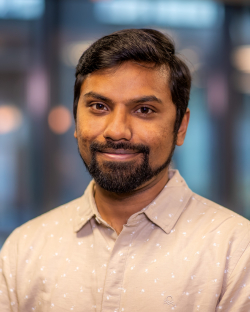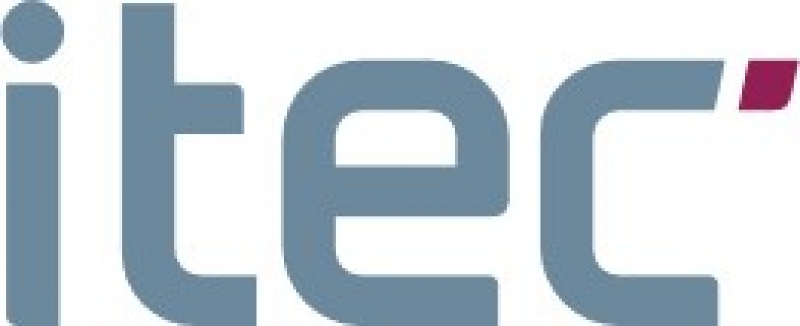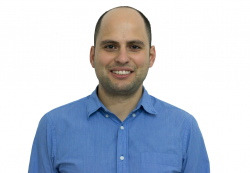IMOCO4.E: Intelligent Motion Control under Industry4.E

Sajid Mohamed
Principal Software Engineer
Nexperia

Abstract
The IMOCO4.E target is to provide vertically distributed edge-to-cloud intelligence for machines, robots and other human-in-the-loop cyber-physical systems having actively controlled moving elements. They face ever-growing requirements on long-term energy efficiency, size, motion speed, precision, adaptability, self-diagnostic, secure connectivity or new human-cognitive features.IMOCO4.E strives to perceive and understand complex machines and robots. The two main pillars of this project are digital twins and AI principles (machine learning/deep learning). These pillars build on the IMECH reference framework and methodology, by adding new tools to layer 3 that delivers an intelligible view on the system, from the initial design throughout its entire life cycle. For effective employment, completely new demands are created on the Edge layers (Layer 1) of the motion control systems (including variable speed drives and smart sensors) which cannot be routinely handled via available commercial products. On the ground of this, the subsequent mission of this project is to bring adequate edge intelligence into the Instrumentation and Control Layers, to analyse and process machine data at the appropriate levels of the feedback control loops and to synchronise the digital twins with either the simulated or the real-time physical world. At all levels, AI techniques are employable. Summing up, IMOCO4.E strives to deliver a reference platform consisting of AI and digital twin toolchains and a set of mating building blocks for resilient manufacturing applications. The optimal energy-efficient performance and easy (re)configurability, traceability and cyber-security are crucial.The IMOCO4.E reference platform benefits will be directly verified in applications for semiconductor, packaging, industrial robotics and healthcare. Additionally, the project demonstrates the results in other generic “motion-control-centred” domains. The project outputs will affect the entire value chain of the production automation and application markets. Through the further evolved I-MECH methodology, it creates a sustainable proposition, such as “digital twins as a service” or “machine design as a service”, for the ongoing smartification of industries and shortening of innovation cycles.
Biography
Sajid Mohamed is a principal software engineer at Nexperia ITEC in the R&D innovation team.Gijs van der Veen is a motion control architect at Nexperia ITEC, working on next-generation semiconductor assembly equipment.Nexperia ITEC is a semiconductor equipment and automation technologies provider with over 30 years of experience that enable the production of over 90 billion devices annually. Within IMOCO4.E, ITEC is a work package leader and provides a pilot application as a case study.



